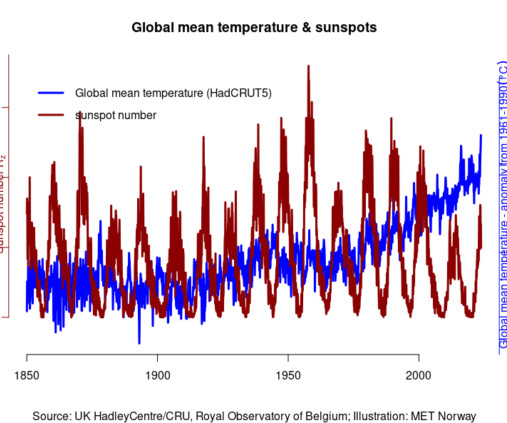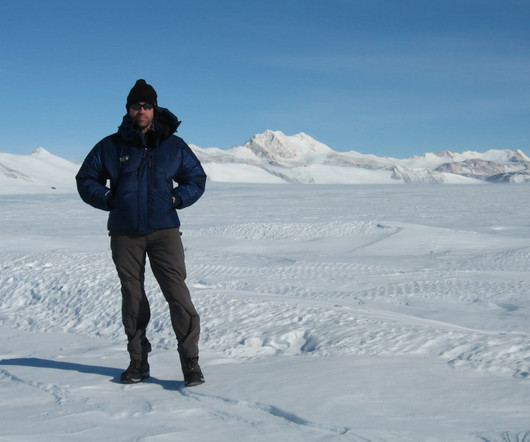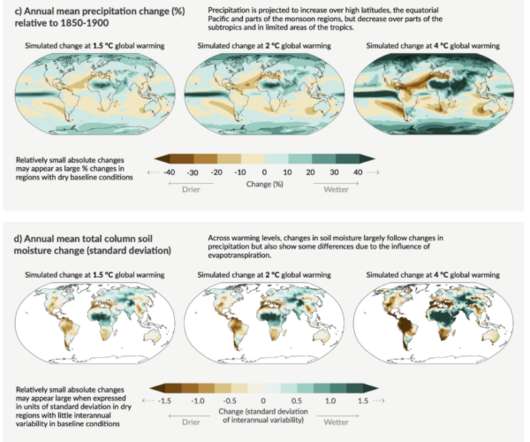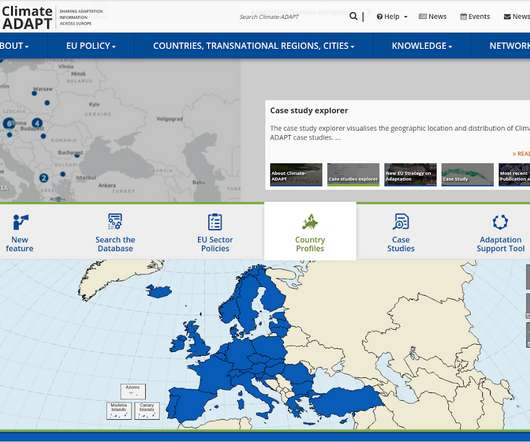A distraction due to errors, misunderstanding and misguided Norwegian statistics
Real Climate
NOVEMBER 11, 2023
are used all over the world, based on calculations that quantify the effects of physical mechanisms and the way different parts of the atmosphere are connected to each other. The physics-based models describe how energy flows through the atmosphere and ocean, as well as how the forces from different air masses push against each other.












Let's personalize your content